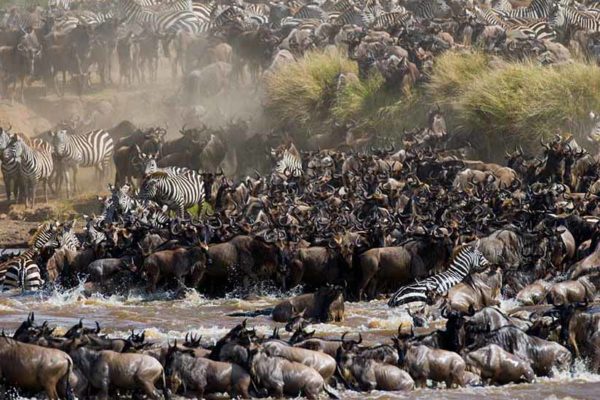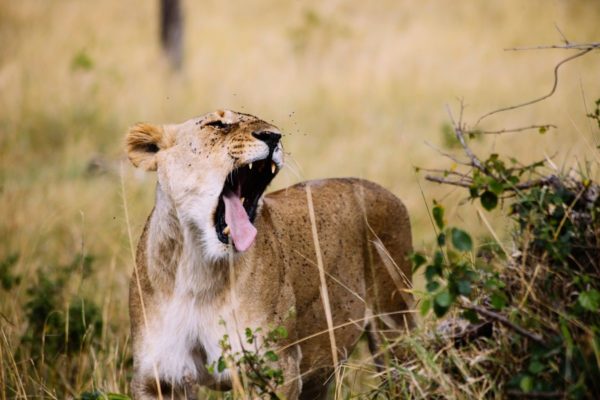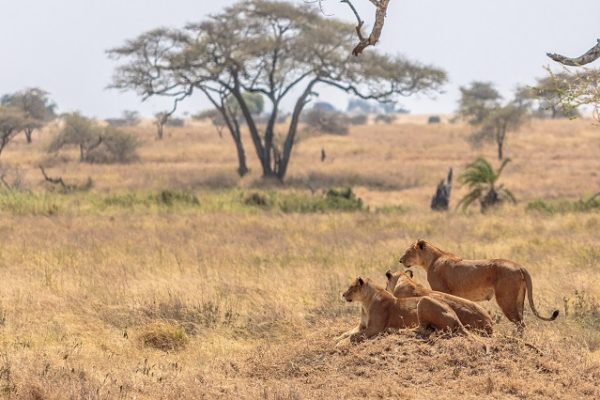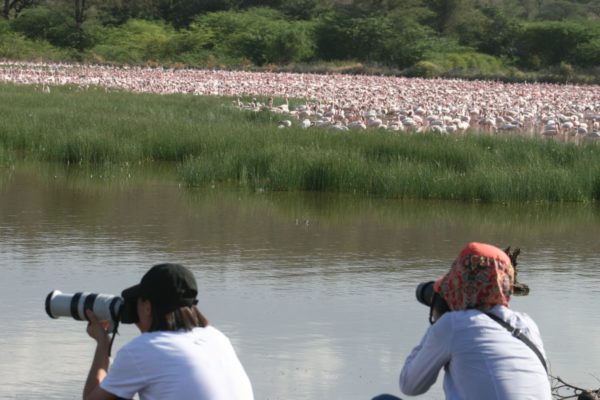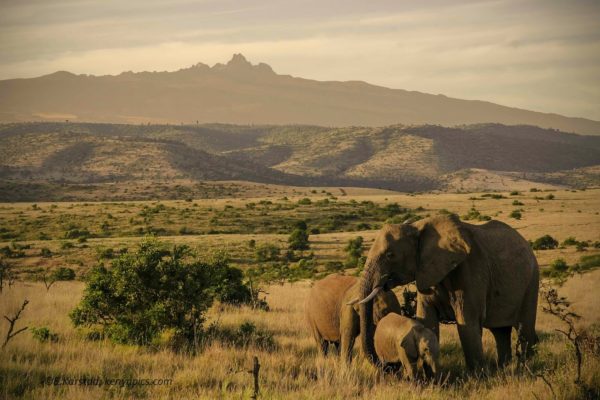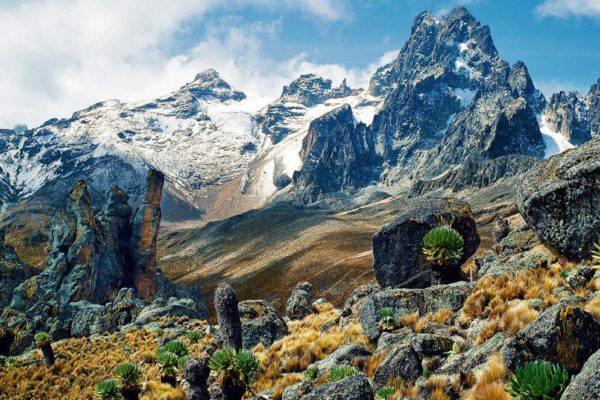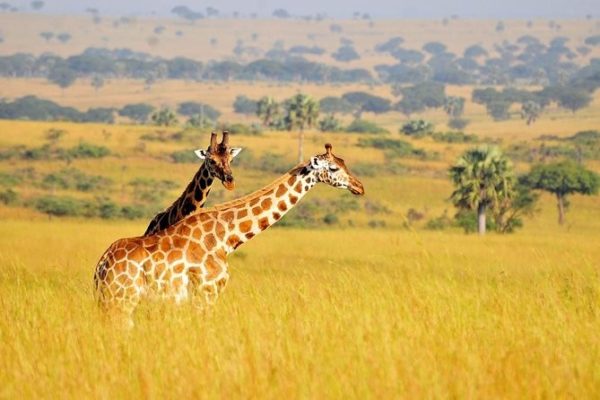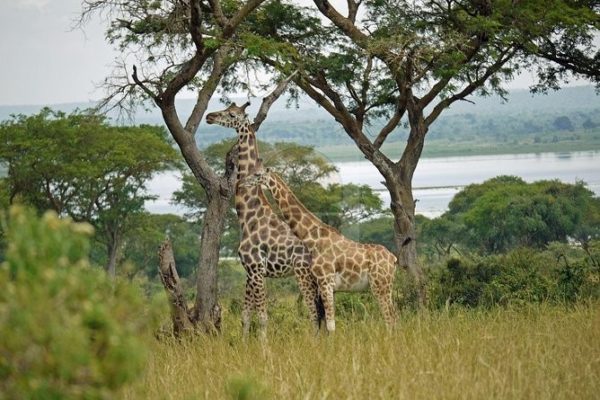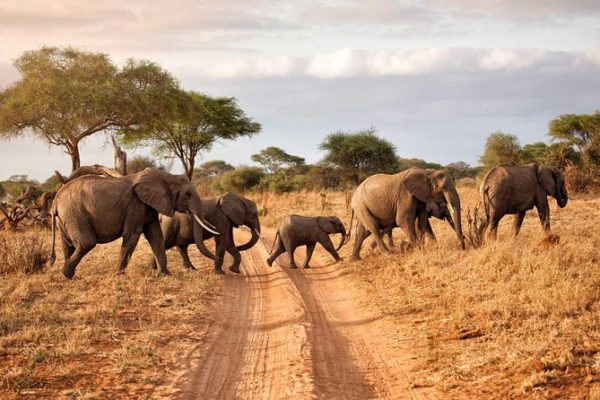TARANGIRE NATIONAL PARK
[fusion_dropcap boxed=”yes” boxed_radius=”” class=”” id=”” color=”#333333″]T[/fusion_dropcap]arangire National Park takes its name from Tarangire River and exceptionally, it features among a few safari parks which offer tourists on Tanzania safari with unique and authentic experiences. This park straddles within the Northern circuit of Tanzania, Lake Manyara region and it is famous for its large herds of elephant migration which make it an excellent Tanzania safari destination. It was gazetted as a national park in 1970 and occupies an area of 2850sq.kms.
History of Tarangire National Park
Tarangire National Park has an exceptional history which is worth exploring on Tanzania safari. Its history can be traced back to 1970 when it was established. It derives its name from the Tarangire River which crosses the park which also serves as an essential source of water for the park’s wildlife. Tarangire National Park sits in an area of 1100sq.miles and it is rated as the 6th largest park in Tanzania. Between the 16th and 19th centuries, the Maa speaking pastoralists moved and occupied some parts of the parks at the time replacing the Nilotes and the Bantu.
By 1880, their population increased (number of the Masai) and in 1900, they suffered pleuro pneumonia and small pox. Between the 1880s and 1950s, the Maasai were displaced and European farmers leading to the establishment of several parks. It was in 1970 that Tarangire Game Reserve was upgraded into a national park.
Wildlife in Tarangire National Park
What makes Tarangire National Park a famous park is its huge concentration of wildlife. It hosts distinct wildlife species like the dwarf mongoose, tree-climbing lions, wildebeests, hartebeests, elephants, generuks, impalas, gazelles, oryx, giraffes, elands, warthogs, Kudus, buffaloes, zebras, olive baboons, vervet monkeys, wild dogs, and many others.
- Birds in Tarangire National Park
It is estimated that Tarangire National Park hosts about 550 bird species and on Tanzania safari, the birds to expect to identify include Northern pied babblers, vulturine guinea fowl, pink breasted lark, Von der Decken’s hornbill, ostriches, bare-faced go-away bird. Donaldson Smit’s nightjar, red and yellow barbets, African grey flycatchers, red barbets, lapped faced vultures, Bateleur eagles, brown parrots, Northern white-crowned shrike, great white pelicans, rufous tailed weavers, ashy starling, yellow collared love bird, as well as the different species of migratory birds that come here to breed around November and April.
Tourist activities to do in Tarangire National Park
- Wildlife viewing
Wildlife viewing in this park takes you through the park’s wilderness area offering you incredible sight of wildlife species such as dwarf mongoose, tree-climbing lions, wildebeests, hartebeests, elephants, generuks, oryx, giraffes, elands, warthogs, Kudus, buffaloes, zebras, olive baboons, vervet monkeys, impalas, gazelles, wild dogs.
- Birding
Birding in this protected area lets you look out birds such as Bateleur eagles, brown parrots, Northern pied babblers, vulturine guinea fowl, pink breasted lark, ostriches, bare-faced go-away bird. Donaldson Smit’s nightjar, red and yellow barbets, African grey flycatchers, red barbets, lapped faced vultures, yellow collared love bird, rufous tailed weavers, Von der Decken’s hornbill, Northern white-crowned shrike, great white pelicans, ashy starling.
- Guided nature walks
The best way to uncover what makes Tarangire National Park an exceptional wilderness area is by taking part in a guided nature walk. This lets you visit various habitat for you to sight a variety of wildlife, birds and enjoy the amazing view of the landscape.
Other safari activities to do in this park include cultural tours in Masai and Barabaig villages, hot air balloon tours.
- Best time to visit Tarangire National Park
Wildlife viewing in Tarangire National reserve is best carried out starting June, July, August, September, and October. These are the dry months and they characterized by low or no rain, less vegetation, and most wildlife confine in few water sources to drink water hence providing the best wildlife viewing experiences. November to April is a perfect time to embark on birding since most migratory birds confine in the park to breed.
- Where to stay in Tarangire National Park
The best lodges and other accommodation units for a night stay in Tarangire National reserve include Nimali Tarangire Tented Camp, Lemala Mpingo Ridge Lodge, Acacia Tarangire Luxury Camp, Sanctuary Swala Camp (Luxury), Tarangire Safari Lodge, Kirurumu Tarangire Lodge, Kikoti Tented Camp, Tarangire Sopa Lodge, Ang’ata Tarangire Camp (Mid-range), Whistling Thorn Tented Camp (Budget).
Related Tanzania National Parks – Where to go for a Tanzania Wildlife Safaris Tour
Serengeti National Park is remarkably one of the oldest and the most popular national parks in the world. This protected area lies between the Mara and Simiyu region of Tanzania. It was founded in 1951 and in 1979, it was designated as UNESCO World Heritage Site. Serengeti National Park sits in an area of about 15000sq.km and it largely consists of woodland. View Details Here
Arusha National Park is rated among the smallest parks in Tanzania and it lies in the Northeastern side of the country. It is 25kms from Arusha, 58kms away from Moshi Town and 35kms from Kilimanjaro International Airport. Despite its size, this park is by far one most unusual wilderness area to consider a must-visit on Tanzania safari. It was founded in 1960. View Details Here
Ngorongoro Conservation Area is a magnificent wilderness area of its own and also a designated World Heritage Site that is worth exploring on Tanzania safari. It is an extensive protected area with stunning volcanic Ngorongoro Crater and also features as a home to complete big five African game. This conservation area was founded in 1959 and occupies an area of 8292sq.kms. View Details Here
Lake Manyara National Park is of no doubt one of Tanzania’s exceptional safari parks tourists on Tanzania safari should consider a must-visit. It is approximately 126kms Southwest of Arusha Town. Lake Manyara National Park was founded in 1960 and it covers an area of only 330sq.kms which makes it one of the smallest parks in Tanzania. Lake Manyara National Park is surrounded by Tarangire National Park and Serengeti National Park. View Details Here
Mahale Mountains National Park is set along the shores of Lake Tanganyika, Kigoma area Western Tanzania. Compared to other protected areas, Mahale Mountains National Park is remotely located providing tourists on Tanzania safari with exceptional wilderness experiences. It takes its name from the Mahale Mountain range which lies at its border. Mahale Mountains National Park. View Details Here
Kilimanjaro National Park is undoubtedly one of the most magical Tanzania safari destinations. It derives its name from the magnificent Mount Kilimanjaro which itself it an outstanding safari site to explore on Tanzania safari. This park is set near Moshi Town in the Northern side of Tanzania above the rolling hills and plateau of Amboseli National Park. View Details Here
Ruaha National Park is set in the heart of Tanzania, approximately 130kms away from Western Iringa Town. This park was founded in 1964 and it is named after the Great Ruaha River that flows on its Southeastern side. It sits in an area of about 20226sq.kms making it the most extensive national park in Tanzania and East Africa at large. It covers a section. View Details Here
Udzungwa Mountains National Park is one of the best parks to visit on Tanzania safari. In 2015, this park was ranked the third best place to visit by the New York Times. It is situated south of Mikumi National Park and it is popular as the Galapagos of Africa. It takes its name from the word Wadsungwa which denotes Kihehe language as people. View Details Here
Rubondo Island National Park is one of the 2 only stunning island safari parks which straddle in the islands of Lake Victoria. From western Mwanza, this protected area is 153kms away and its highest point is Masa Hills in the South which stands at altitude of about 1486m. It was gazetted as a game. View Details Here


